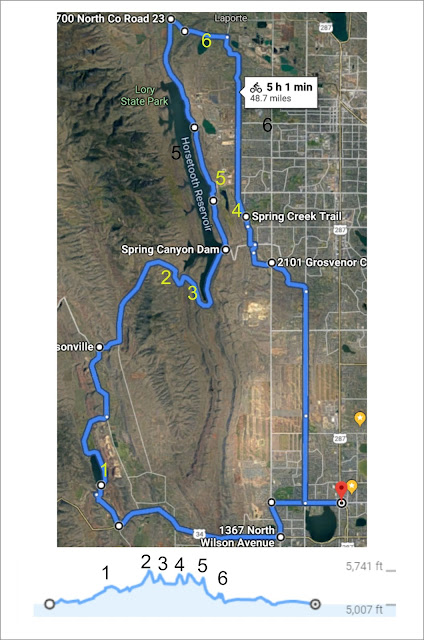MS Wound Attack Zones
Think about it.
You get the feeling something is not right. You deny the possibility the
feeling is MS. It has been 24 hours since the feeling stated. Anxiety drives desperation to make a neurologist appointment. Once
in the examining room, the medical assistant prompts answers to a litany of
questions. The assistant finishes, stands, then exiting the door, turns and
announces, "The doctor will be with you shortly". The door closes and
you are alone. Hundred times the same visit scenario happens a the doctor's offices. This time I am sitting
stressed about the possibility of an MS attack. My heart knows the truth, but I
pray the neurologist will offer an absolution rather than blessing my fear is
true. As much as you want it to be, the examining room is not a sanctuary from the
fear. The emptiness fills with worry. Am I having an MS attack? Where is that
doctor? I do not want to be here. Should I just walk out? Where is the
doctor? I know the doctor’s examination routine. I fear to hear the
words. I have been here before. I know what I will do. Again, I will put my grit to
work.
The MS Wound Attack Zones illustrates trauma's dual events triggered in both the conscious mind and the brain's neurology. The lesion triggers an alert in the mind that notifies us something is wrong. The picture shows both the neurological and neuro-psych paths emanating from the same MS attack. The conscience mind presents its diagnostic report long before the doctor’s report. The MD makes the determination if the symptoms are MS symptomatic or not.
For an MS attack, neuropsychological
(NPL) is a broad term that refers to the behavioral changes caused by the lesion's neurological
trauma. NPL therapy includes many treatment domains. The
neuropsychologist helps to quantify the trauma. The psychologist's focuses is life quality helps adapt behavioral change.. The physical therapist helps restore the quantity of movement. The
personal trainer aid with one to one quantity of life.training. Other therapy professionals focus on other quantity or quality strategies To thrive, the MSer owns the quantity and quality strategy.
The clinical MS language
focuses on the neurological terms lesion, inflammation, and
sclerosis. The neuro-psych path is not in the MS language. The NPL path si parallel to the clinical path but with different events. The lesion is the same,
but in the NPL path, the trauma triggers the conscious mind into irritation
behaviors, like "Get to the neurologist." Just as the lesion’s inflammation leaves
scars, irritation leaves mental stigmas. These stigmas are the lasting mind impressions
originated by the lesion.
The current MS
dialog does not directly speak about the neuro-psych path and how it is a
precursor to medical treatment. The doctor's pre valuation requirement instructs the MS a change must last 24 hours or more. The instruction is an NPL irritation but irritation and stigma is not in the neurologist language.
The table relates the trauma to symptom treatment.
This paragraph I borrowed and edited from msbrainheath.org: "Brain health A guide for people with multiple sclerosis" as an example clinical narrative and how neuro-psych and neurology present in many explanations of MS.
The capacity of the brain to adapt (remodel) is known as neurological reserve, and the more neurological reserve a brain has the healthier (self) the brain. When someone is feeling well (asymptomatic) , science proved that MS can be active. Research has shown that only about one in 10 lesions leads to a relapse (symptomatic) and that other, less noticeable, damage can be ongoing. If an MSer does not experience new or worse symptoms (irritation), the brain may compensate (remodel) for the damage by using neurological reserves (remodel). When damage uses all the brain's neurological reserve, the brain the MS symptoms may progress (symptomatic).
















